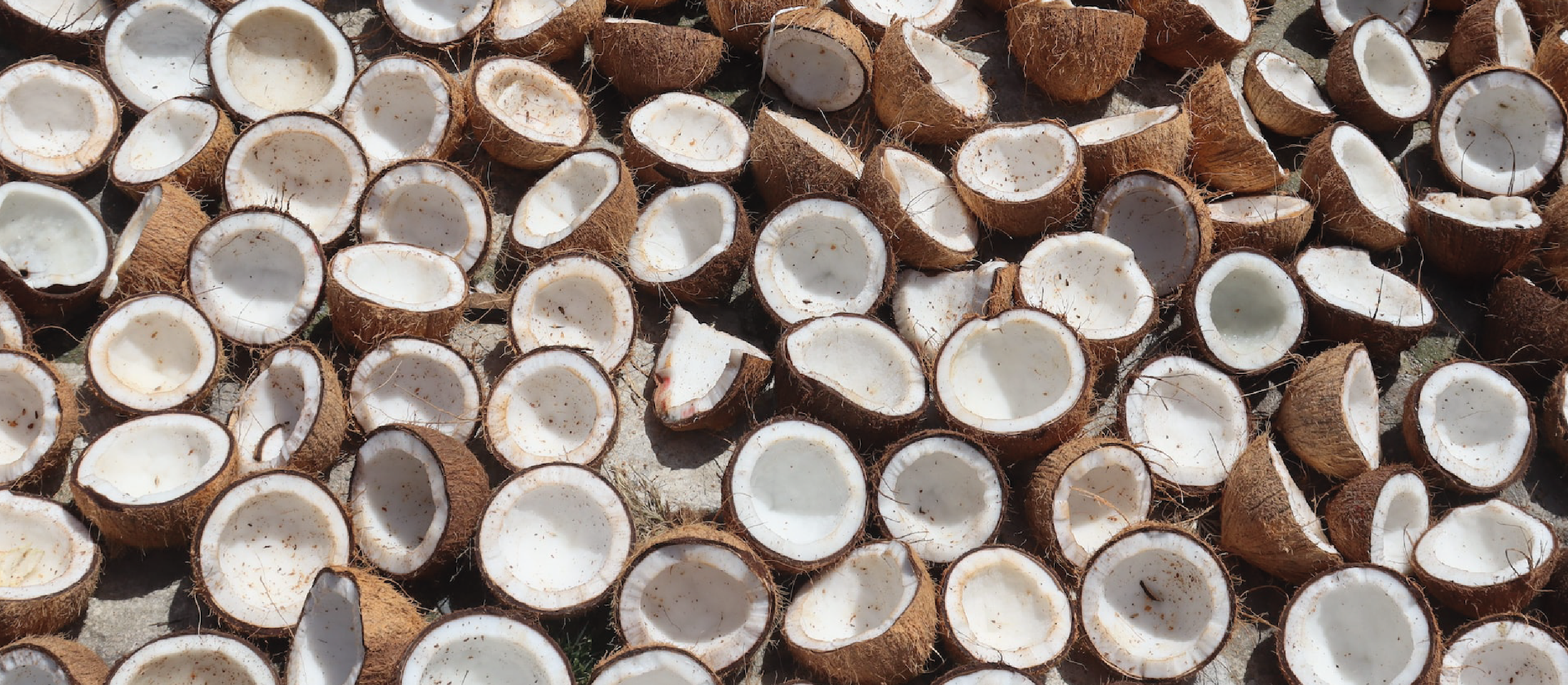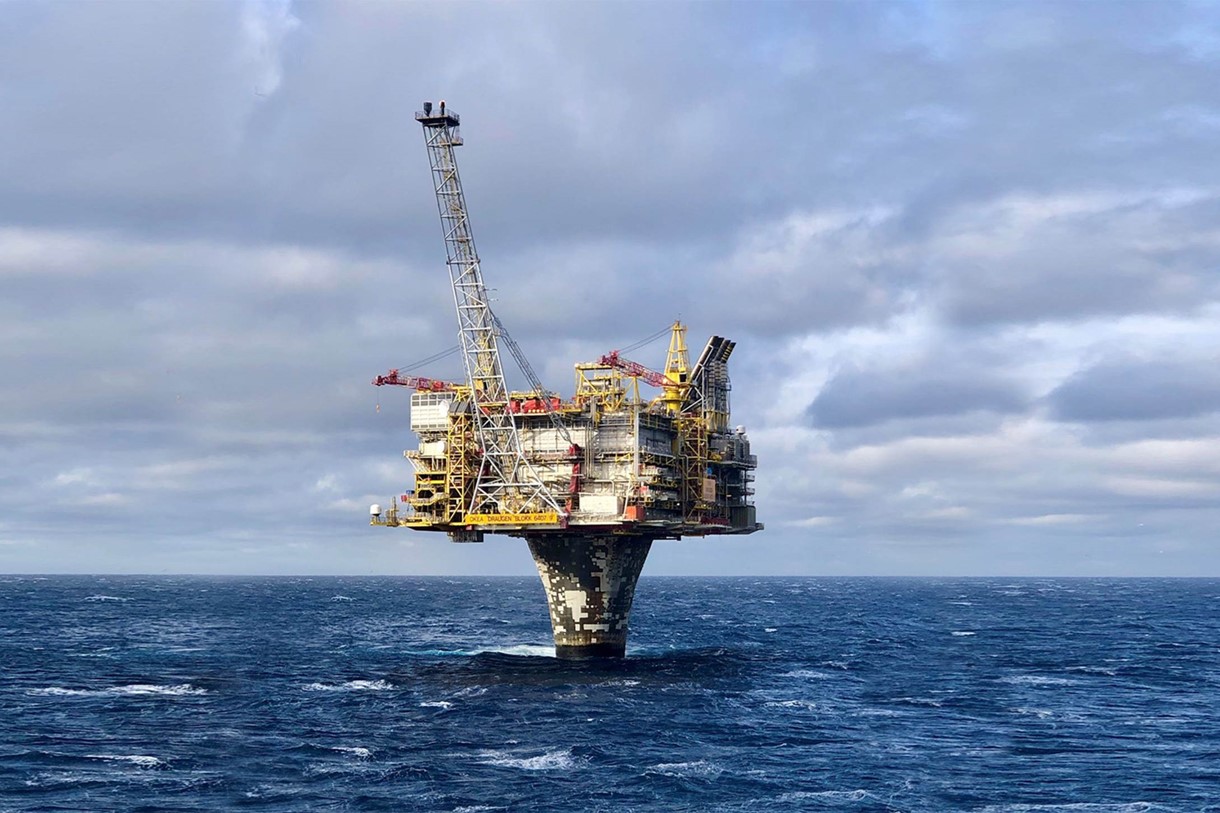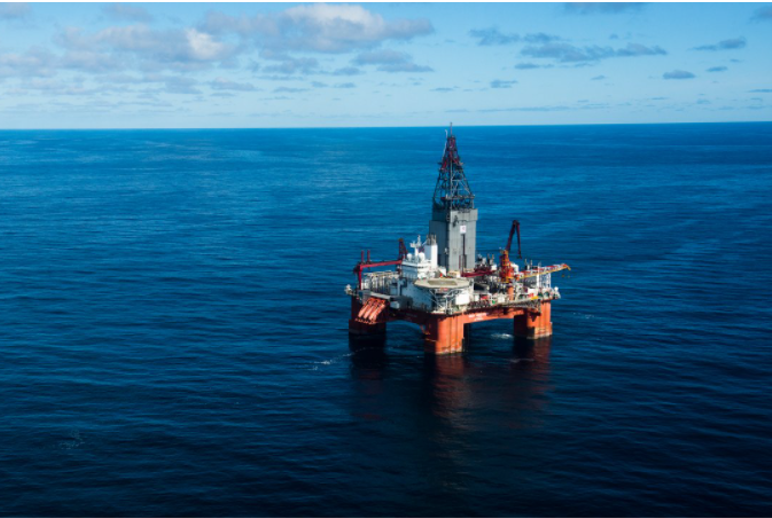Until 2005, only cement and steel casings were used to seal off formations when abandoning wells. But what about using the sealing capacity of some of the rocks?
Better, safer and cheaper
In 2005, it was discovered that mudstones of Eocene age overlying the Oseberg field had naturally sealed the open space between the casing and the formation. Various logs and pressure tests showed that the formation had crept up to the casing wall and that the resulting configuration was impermeable.
Therefore, an initiative was launched to further analyse this formation with regards to depositional environment, mineralogical composition and not least how this knowledge could be utilised to predict creeping properties of clay.
Volcanism and the “Green Clay”
In the early Eocene, sediment input into the North Sea increased as a result of uplift of its margins. This coincided with increased volcanism, which resulted in Lower Eocene North Sea sediments to contain a significant interval of volcanic ash mostly referred to as the Balder Tuff.
In addition to the Balder Tuff being deposited in the North Sea directly, large amounts of volcanic ash initially deposited on the continents were subjected to erosion and re-deposition in a more basin-ward setting. These sediments overlying the Balder Tuff were deposited in an oxygen-depleted environment and are informally referred to as Green Clay because of its distinctive green colour. The more frequently used stratigraphic name of the Green Clay is Hordaland-1 in the North Sea and Brygge Fm in the Norwegian Sea.
In a large number of wells in the North Sea, mineralogical analyses on drill cuttings was performed (QEMSCAN), which was integrated in a consistent stratigraphic and seismic framework.

Smectite
The most important observation was that the creeping formations, and in particular the Green Clay had a very high content of smectite, which means large proportions of bound water in the clay mineral layers, making it ductile. Smectite is also very fine-grained and less stiff compared to other clay minerals and reduces the sediment’s permeability to nano levels. Therefore, it creates an effective barrier against any leakage from formations deeper down.
During the Oligocene, increased supply of siliciclastic material resulted in the relative proportion of smectite to decrease. This can clearly be seen by the appearance of progressive sequences along the margins that interfere with more chaotic deposition patterns in central parts of the basin (Hordaland-2).
Mass Transport Complexes
The chaotic seismic pattern in the middle of the basin, coinciding with the upper part of the Green Clay has been interpreted as a result of giant underwater landslides or mass transport complexes (MTC) in the Miocene.
The structures of these MTCs need to be carefully mapped because the avalanches have broken up the original layering, which resulted in fractures and an increase in permeability. It also reduced the pore fluid pressure. Both factors are important for the ability of creep. Therefore, the MTCs within the Green Clay package are often less prone to creep and hence isolation, although some larger blocks can have retained good sealing properties locally. This is confirmed by logs showing that the best sealing properties can be found in the undisturbed lower parts of the Green Clay.
Above the MTCs, undisturbed clay-rich sediments can often be found which again seems to bond better to casing then seen within the MTC.
Lateral variation
The proportion of smectite in claystone is highest in the central parts of the northern Viking Graben, while sequences from the east contain more siliciclastic sediments and have a relatively higher quartz content. Mapping the regional geology to better understand concepts such as safe storage between different barriers and reservoirs is therefore central to this work.
Significant cost reduction
The use of the creeping clay formations as an annulus formation-barrier represents a significant reduction in costs associated with leaving individual wells, as it in many cases replaces the need for milling and cementing to create cross-sectional barriers. The concept is also an example of how geological insight can be utilised for safe and environmentally-friendly closure of entire fields where production ends by combining the effect of natural shallow storage units (from sandstones to weak Balder Tuff) below good barrier rocks like the creeping shales.
HENK KOMBRINK
This article benefited from thorough review by several people in Equinor. Truls Carlsen in particular is thanked for picking up on some errors by HK in a previous version of this article published in November last year.





